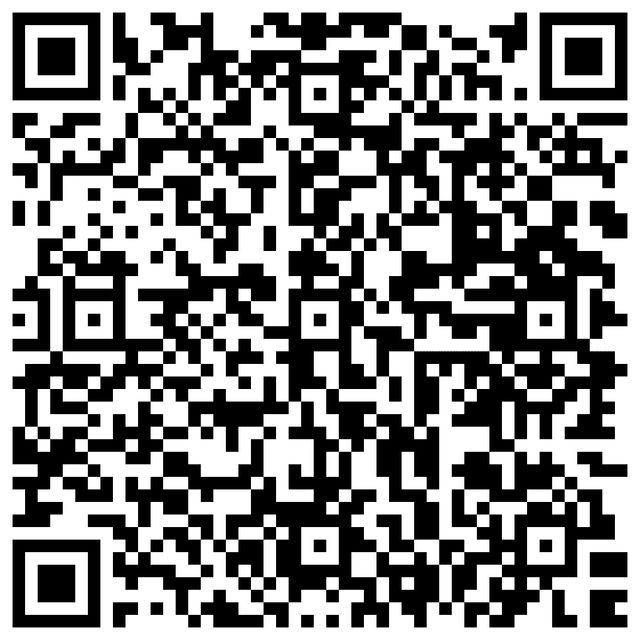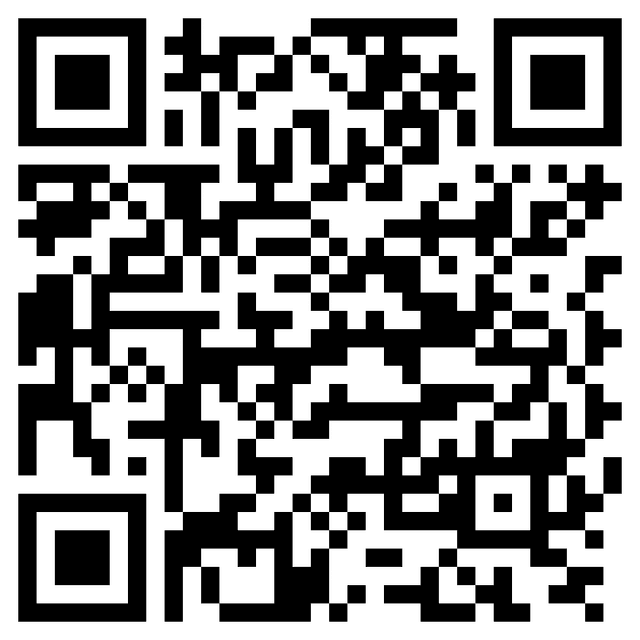Virgin Galactic all set to fly its first tourists to the edge of space
Virgin Galactic is finally taking its first space tourists on a rocket ship ride after years of delays
Virgin Galactic is taking its first space tourists on a rocket ship ride after years of delays, including one passenger who bought his ticket 18 years ago and a mother-daughter duo from the Caribbean.
The flight window opens Thursday morning at Spaceport America in the New Mexico desert for a ride to the edge of space. If all goes well, Richard Branson's company will begin offering monthly trips to customers on its winged space plane, joining Jeff Bezos' Blue Origin and Elon Musk's SpaceX in the space tourism business.
Virgin Galactic passenger Jon Goodwin, who was among the first to buy a ticket in 2005, said he had faith that he would someday make the trip. The 80-year-old British Olympian — he competed in canoeing in 1972 — has Parkinson's disease and wants to be an inspiration to others.
“I hope it shows them that these obstacles can be the start rather than the end to new adventures," he said in a statement.
Goodwin has said he paid $250,000 for his ticket. The cost is now $450,000.
Space sweepstakes
He'll be joined by sweepstakes winner Keisha Schahaff, 46, a health coach from Antigua, and her daughter, Anastatia Mayers, 18, student at Scotland's University of Aberdeen. Also aboard the plane-launched craft, which glides to a space shuttle-like landing: two pilots and the company's astronaut trainer.
It will be Virgin Galactic's seventh trip to space since 2018, the first with a ticket-holder. Branson, the company's founder, hopped on board for the first full-size crew ride in 2021. Italian military and government researchers soared in June on the first commercial flight. About 800 people are currently on Virgin Galactic’s waiting list, according to the company.
Virgin Galactic’s rocket ship launches from the belly of an airplane, not from the ground, and requires two pilots in the cockpit. Once the mothership reaches nearly 50,000 feet (10 miles or 15 kilometers), the space plane is released and fires its rocket motor to make the final push to just over 50 miles (80 kilometers) up. Passengers can unstrap from their seats, float around the cabin for a few minutes and take in the sweeping views of Earth, before the space plane glides back home and lands on a runway.
___
The Associated Press Health and Science Department receives support from the Howard Hughes Medical Institute’s Science and Educational Media Group. The AP is solely responsible for all content.




